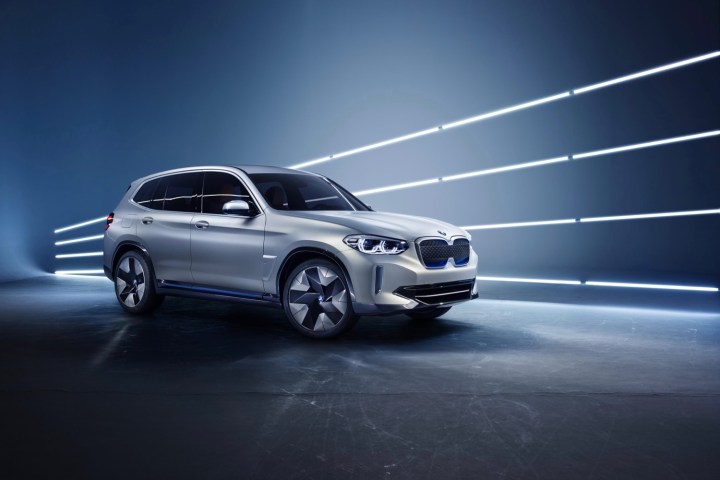
Rivals BMW and Jaguar-Land Rover announced they’re joining forces to offset the high costs of developing components for electric cars. The two companies will form a jointly operated team of researchers to take BMW-developed technology to the next level during the 2020s. The project will be based near BMW’s headquarters in Munich, Germany.
The two companies will focus on developing electric motors. They are both bringing a tremendous amount of experience to the table, but they’ll start their collaboration with technology developed by BMW. The central component of the partnership is a unit that encompasses the electric motor, the transmission, and the electronics needed to make it work into a single unit. BMW noted the motor doesn’t use rare-earth elements.
“The automotive industry is undergoing a steep transformation. We see collaboration as a key to success,” Klaus Fröhlich, BMW’s board member for research and development, said in a statement.
As of writing, it sounds like the partnership between the two rivals will be strictly limited to electric motors. The joint statement they released made no mention of collaborating on battery technology, gasoline- or diesel-powered engines, vehicle platforms, or autonomous vehicle systems. BMW is already linked to Daimler, the parent company of its arch nemesis Mercedes-Benz, in some of these areas.
The iX3 (pictured as a concept) that BMW will release in 2020 will use parts designed in house. The hardware that BMW and Jaguar-Land Rover will jointly develop is scheduled to reach showrooms during the early 2020s. Neither party has revealed precisely when production will begin, though they clarified that each brand will build its own parts in its own facility. And, we don’t know much about the models that will use the technology, but both automakers are planning to release dozens of electric cars by the end of the 2020s.
Jaguar and BMW have competed against each other for decades, but Land Rover was owned by BMW between 1994 and 2000. They collaborated on several projects during that relatively short period; Land Rover helped BMW develop the original X5, its first SUV, while the Range Rover was available with a BMW-sourced V8 engine for years.



